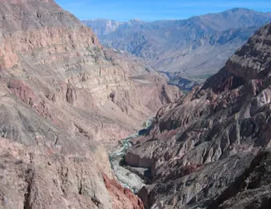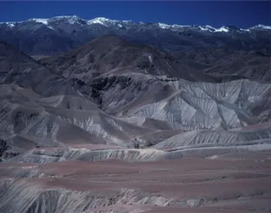The Topographic Evolution of the Central Andes
Changes in topography on Earth, particularly the growth of major mountain belts like the Central Andes, have a fundamental impact on regional and global atmospheric circulation patterns. These patterns, in turn, affect processes such as precipitation, erosion, and sedimentation. Over the last two decades, various geochemical, geomorphologic, and geologic approaches have helped identify when, where, and how quickly topography has risen in the past. The current spatio-temporal picture of Central Andean growth is now providing insight into which deep-Earth processes have left their imprint on the shape of the Earth’s surface.
The Topographic Evolution of the Central Andes Read More »



